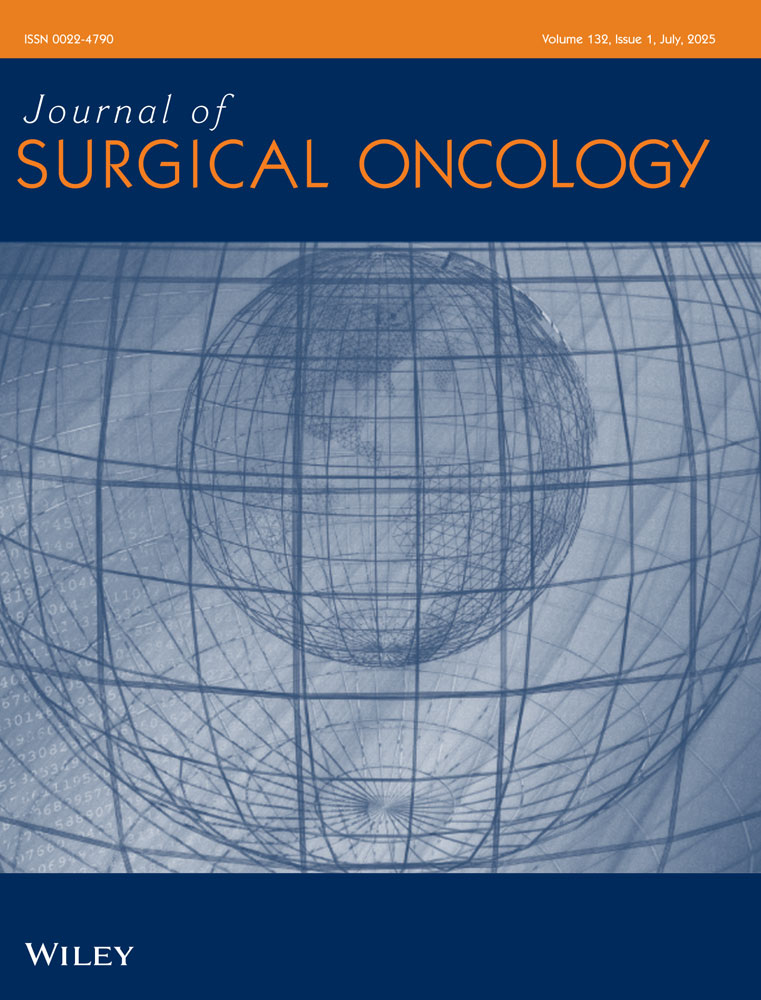Tracheal injury during transhiatal mobilization of the esophagus
Abstract
In 50 transhiatal esophageal mobilizations done from 1988 to 1998 at the Cancer Institute (W.I.A.) in Chennai, India, injuries to the trachea were detected on 3 occasions: 1 in a woman with carcinoma of the hypopharnx and 2 in patients (1 male, 1 female) with squamous cell carcinoma of the esophagus. The incidence of tracheal injuries during esophageal mobilization varies in different series. This is usually on the membranous posterior wall of the trachea. When recognized on the table, repair of the rent must be carried out. Persistent air leak through the intercostal tube or surgical emphysema developing over the face and neck in the postoperative period indicates an injury to the airway. A bronchoscopy will reveal the site of injury. If the lung is fully expanded and the stomach abuts the rent completely, the patient may be observed. However, if the lung is collapsed and does not expand on applying negative suction to the intercostal tube or the injury is in the bronchi, the patient is best reexplored to close the rent. With proper case selection and careful dissection of the esophagus, the problem of tracheal injuries can be avoided. J. Surg. Oncol. 1999;71:186–188. © 1999 Wiley-Liss, Inc.




